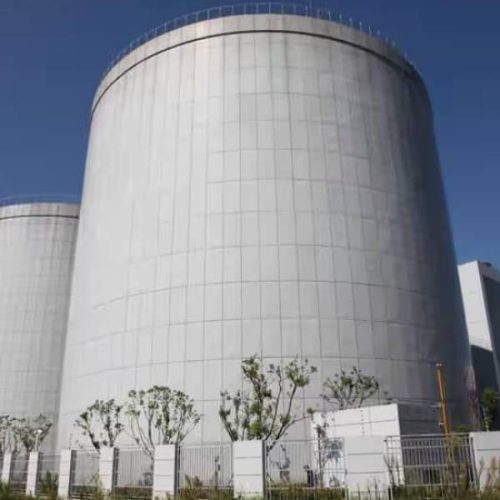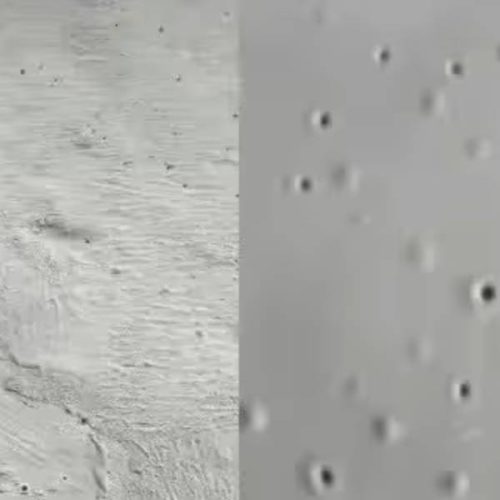How Does Polyaspartic Resin Differ from Epoxy Resin?
Although both are types of resins, polyaspartic resin and epoxy resin are distinct materials.

1. Structural Differences:
Polyaspartic resin, an aliphatic compound with amino-active groups, derives its name from its unique aspartic acid structure and typically exists in a liquid state. Epoxy resin, a well-known polymer, contains multiple epoxide groups and can exist in either liquid or solid form.
2. Different Curing Agents:
Polyaspartic resin requires isocyanate esters for curing, typically using HDI or HMDI isocyanates. Epoxy resins generally use polyether amines, anhydrides, or amides as curing agents.
3. Applications:
Both resins exhibit strong adhesion and wear resistance and are commonly used in flooring, waterproofing, and coatings. However, polyaspartic resin has superior weather resistance and tensile strength, making it more suitable for outdoor applications. In the adhesive sector, including decorative joint sealants, polyaspartic resin outperforms epoxy in yellowing resistance due to its superior weather resistance.
Feiyang's Polyaspartic Resin: Production and Benefits
Feiyang manufactures polyaspartic resin, which reacts with various isocyanates to create a dual-component polyurea/polyurethane transparent coating. Their exterior wall coatings feature weather and yellowing resistance, zero VOCs, and require fewer paint layers, ensuring higher efficiency. End-users benefit from rapid drying, easy application with standard equipment, even at high solid content. An additional advantage of polyaspartic resin is its customizable reactivity, allowing control over curing rate and reaction time to extend the application window.
Feel free to contact us: marketing@feiyang.com.cn
Our products list:







